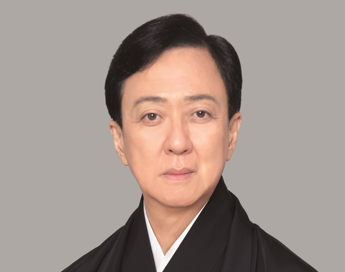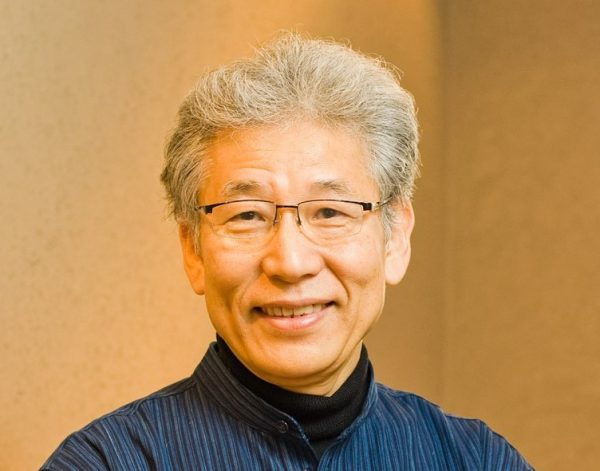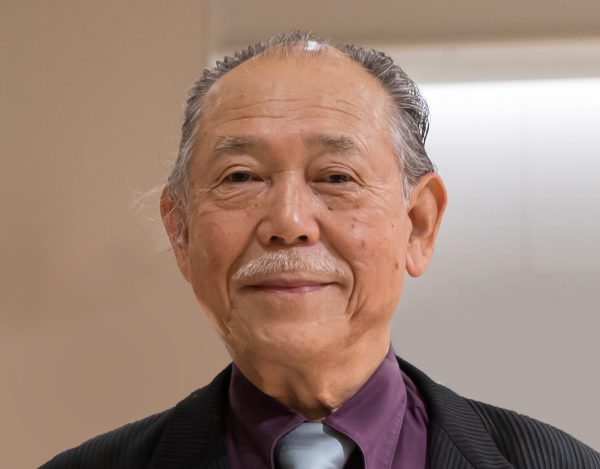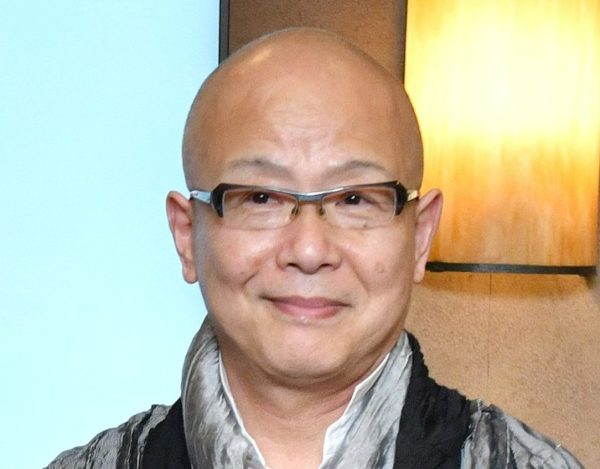The 40th Anniversary Special Talk with Living National Treasures坂東玉三郎(歌舞伎役者)/室瀬和美(漆芸家)/藤沼昇(竹工芸家)/土屋順紀(染織家) -

MOA Museum of Art presents a special talk event, inviting four prominent artists who hold the title of the preserver of important intangible cultural properties, or popularly known as Living National Treasures, in their respective fields of arts.
Fri. April 29, 2022 from 14:00 (venue open at 13:00)
at Noh Theater, MOA Museum of Art
Panelists:
Bando Tamasaburo (kabuki performer)
Murose Kazumi (urushi artist)
Fujinuma Noboru (bamboowork artist)
Tsuchiya Yoshinori (textile artist)
Ticket: 4,000 yen (Reserved seats only, the price includes the museum admission)
Museum Membership concession: 3,000 yen
MOA Museum Members Exclusive: tickets are available from Fri. February 25 (10:00)
Other tickets are available from Sun. March 6 (10:00)
Purchase your tickets online from our official site, by Ticket PIA service online (in Japanese only), or from your nearby SevenEleven shops
Inquiries: The Noh Theater, MOA Museum of Art
tel.0557-84-2500 (open between 10:00 and 17:00 from Friday through Wednesday)
【Atami City Landslide Disaster Support Program】
PANELISTS

Bando Tamasaburo [kabuki female-role actor]
Born in Tokyo as Shin’ichi, he joined Morita Ken’ya XIV and made his first stage appearance in 1957, aged 7. He performed many ‘big’ roles and developed a high reputation. Subsequently in 1964, he became the fifth Bandō Tamasaburō. He has also been proactive as a dancer and toured extensively in Japan, performing in some of the country’s most prestigious listed theaters such as Yachiyoza (Kumamoto) and Gofukuza (Aichi). He has also toured abroad. Among many honors and awards he received is the Ordre des Arts et des Letters, Commandeur honor by the Government of France in 2013. The following year, he was decorated with the Medal of Honor with a Purple Ribbon by the Government of Japan. He is an executive director of the Japan Actor’s Association and a director of the Organization for the Preservation of Kabuki.

Murose Kazumi [urushi and maki-e artist]
Originally from Tokyo, Murose studied maki-e techniques at the Graduate School of the Tokyo University of the Arts. His work has been highly acclaimed from early on in his career, garnering him many awards. In 2008, he was decorated with the Medal of Honor with a Purple Ribbon by the Government of Japan, then in 2021, with the Order of the Rising Sun, Golden Rays with Rosette. He currently resides as a vice president of Japan Kōgei Association. His work can be found at the government’s Agency for Cultural Affairs and the Tokyo University of the Arts, as well as the Victoria and Albert Museum, the British Museum, and the Metropolitan Museum. He is also dedicated in the preservation of cultural heritage, taking part in various activities to present his work and give talks about the exquisite qualities of urushi lacquer art.

Fujinuma Noboru [bamboowork artist]
Fujinuma underwent an apprenticeship under Yagisawa Keizō. He pursued his style of creative aesthetics and produced many powerful works with breathtaking details. Awards include the President Award from the 43rd Japan Traditional Art Exhibition. In 2004, he was decorated with the Medal of Honor with a Purple Ribbon by the Government of Japan, His work has been housed in the Art Institute of Chicago, the British Museum, the Metropolitan Museum, and the National Museum of Modern Art, Tokyo, among many cultural institutions. He is also an organizer of a private scholarship program Fujinuma Tsuyoshi Fund for Hopeful Future of Young Generations on the World Stage.

Tsuchiya Yoshinori [specialist in Monsha textile]
Born in Gifu, Tsuchiya studied textile at the Kyoto International College of Arts. He then worked in the atelier of Shimura Fukumi, a textile dyer and Living National Treasure concerning tsumugi pongee weaving. His first award won at the Japan Traditional Art Exhibition was in 1989. Subsequently, he garnered a series of awards, including the President Award from the same exhibition in 1996 and the Minister of Education, Culture, Sports, Science and Technology Award in 2006. In 2009 he was decorated with the Medal of Honor with a Purple Ribbon from the Government of Japan.
*In an event of government policy to limit the number of audiences due to coronavirus precautionary measures, canceled tickets will be refunded.